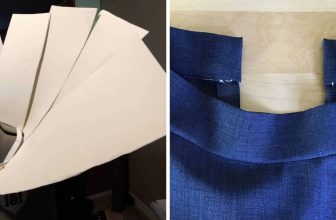How to Store Sewing Needles
Storing sewing needles properly is an essential part of being a sewist. It not only helps you keep your workspace organized, but it also ensures the safety of yourself and others around you. In addition, proper storage can extend the lifespan of your needles and prevent them from becoming dull or rusty.
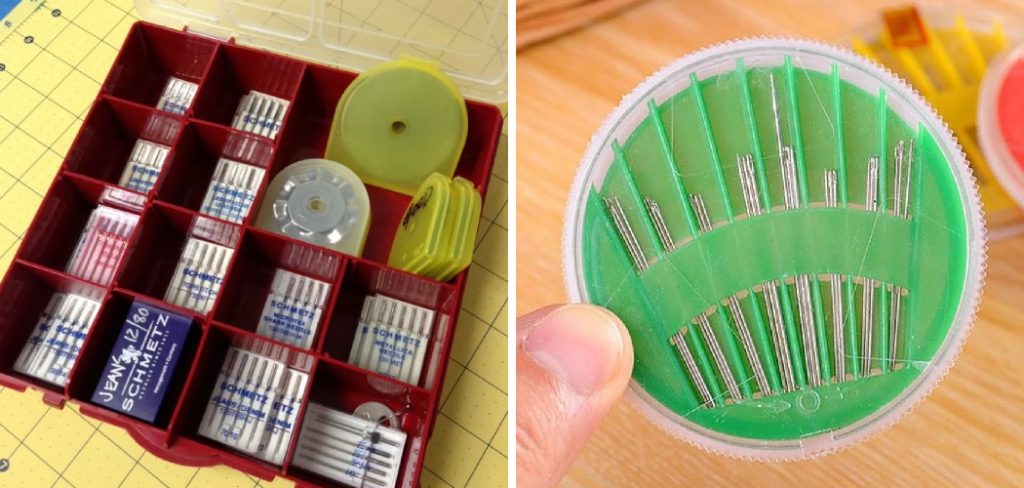
The main advantage of storing sewing needles is that it saves time and effort when it comes to finding the right needle for a project. By organizing and properly storing your needles, you can easily locate them without having to sift through a tangled mess. In this blog post, You will learn in detail how to store sewing needles.
Step-by-step Instructions for How to Store Sewing Needles
Step 1: Inspect Your Sewing Needles
Before storing your sewing needles, it is important to inspect them. Check if they are bent or damaged in any way. If they are, discard them and use new ones to avoid any accidents while sewing.
Step 2: Sort Your Needles by Type
Separate your sewing needles according to their type. This will make it easier for you to locate the right one when you need it. Common types of sewing needles include sharps, ballpoint, embroidery, and quilting.
Before storing your needles, give them a quick clean with a soft cloth or brush. This will remove any lint or debris that may be stuck on them. Clean needles ensure smooth stitching and also prevent any build-up of rust or corrosion.
Step 3: Choose a Suitable Storage Container
There are various options for storing sewing needles, including needle cases, pincushions, and magnetic holders. Choose a storage container that suits your needs and preferences. If you have multiple containers for different types of needles, make sure to label them accordingly. This will save you time and effort when looking for a specific type of needle.
Step 4: Keep Your Needles in an Upright Position
Storing your needles in an upright position helps prevent them from getting bent or damaged. If using a pincushion, make sure to insert the needles vertically and not at an angle. Humidity can cause needles to rust or corrode, so make sure to store them in a dry place. Avoid storing them near a window or any other area where they could be exposed to moisture.
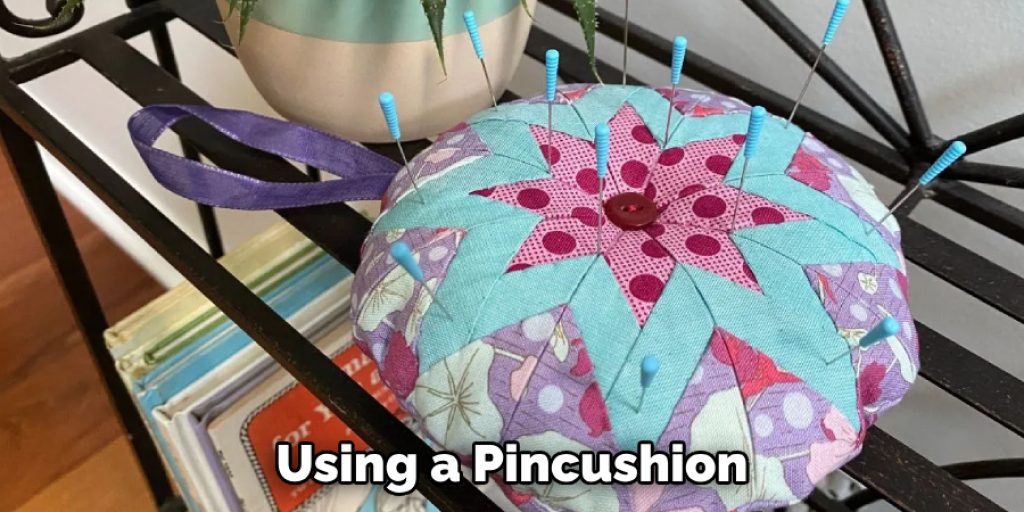
Step 5: Use Needle Caps for Extra Protection
If your sewing needles did not come with caps, you can purchase needle protectors from a sewing supply store. These caps will provide extra protection to your needles when stored. Sewing needles are sharp objects that can cause injury if not handled properly. Make sure to store them in a safe place away from children and pets.
Step 6: Regularly Check Your Needles
It is important to check your needles regularly for any signs of wear and tear. If you notice any rust or dullness, replace them immediately to ensure the best sewing experience.
By following these simple steps, you can safely store your sewing needles and ensure that they are always in good condition when you need them. Remember to regularly clean and check your needles, and store them away from any potential hazards. With proper storage, your sewing needles will last longer and provide you with the best stitching results every time.
Safety Tips for How to Store Sewing Needles
- Always keep your needles in a designated container to prevent them from scattering around and potentially injuring yourself or others.
- When storing needles, make sure the tips are securely capped with a needle guard or a small piece of cork to avoid accidental pricks.
- If you have young children or pets at home, store your needles out of reach in a locked cabinet or drawer to ensure their safety.
- When traveling, use a sturdy case or container to store your needles securely and avoid losing them along the way.
- Properly dispose of used needles by placing them in a sharps container. Do not throw them directly into the trash as they can cause harm to waste management workers.
- Regularly inspect your sewing needles for any signs of damage or wear and replace them as needed to avoid accidents or poor stitching results.
- When using a sewing machine, always make sure the needle is inserted correctly and securely in the machine before starting.

In addition to these safety tips, it’s important to also follow proper storage techniques for your other sewing supplies.
Important to Store Sewing Needles Properly
- Keep Needles in a Container: Storing your sewing needles in a designated container is the best way to keep them organized and easily accessible. This can be a simple pin cushion, needle case, or even a small jar with a lid.
- Label Your Needles: If you use different types of needles for different projects, labeling them can save you time and frustration. You can use labels or easily distinguishable colors to identify which needle is for what type of fabric.
- Store Needles in a Dry Place: Exposing your sewing needles to moisture can cause them to rust and become dull, which makes them less effective. Make sure to store them in a dry place, away from any potential sources of water.
- Use a Magnet: Magnets are a great way to keep your needles in one place. You can attach a small magnet to the lid of your needle container or even use a magnetic pin cushion to easily collect and store your needles.
- Keep Needles Away From Direct Sunlight: Sunlight can also cause damage to your sewing needles, so it’s important to store them away from any areas with direct sunlight. This will help prevent them from becoming weak and breaking.
- Do not Mix Needles: It may be tempting to just throw all your sewing needles into one container, but this can cause them to get mixed up and potentially damage each other. Keep different types of needles separate to avoid any issues.
- Properly Dispose of Old or Damaged Needles: It’s important to regularly check your sewing needles for any signs of damage or wear. If you notice any bent, rusted, or dull needles, it’s best to dispose of them properly and replace them with new ones.
By following these tips for storing your sewing needles, you can ensure that they stay in good condition and last longer. This will not only save you time and frustration in your sewing projects, but it can also save you money in the long run.
What Are the Advantages of Storing Sewing Needles?
Sewing needles are a must-have for anyone who loves to sew. They come in different sizes, styles, and materials that can be used for various sewing projects. While they may seem like small and insignificant tools, storing them properly has its advantages. In this section, we will discuss the benefits of storing sewing needles.
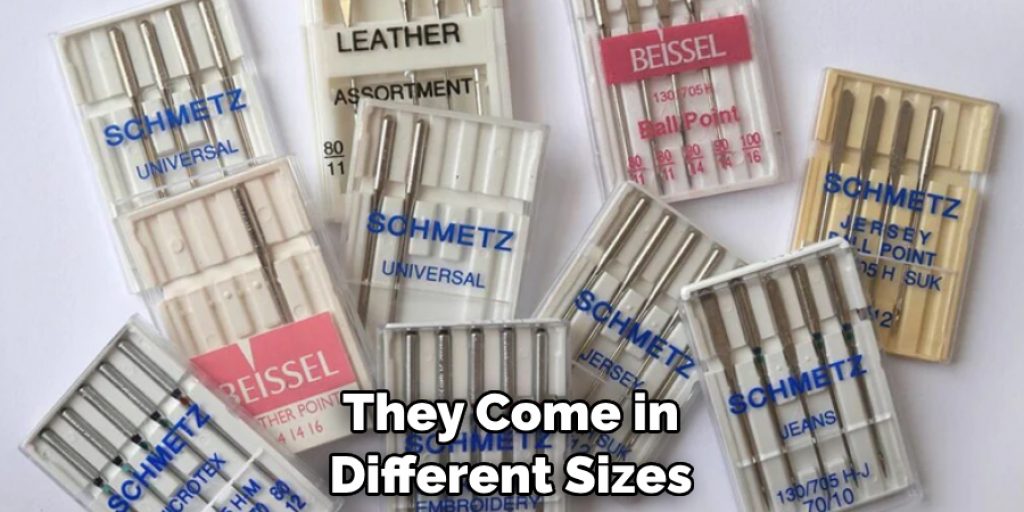
1. Protection from Wear and Tear
One of the main advantages of storing sewing needles is that it protects them from wear and tear. Needles are delicate tools that can easily bend or break if not stored properly. By keeping them in a designated storage container, such as a needle case or pin cushion, you can protect them from being damaged.
2. Preserves Sharpness
Proper storage also helps to preserve the sharpness of the needles. When sewing, it is essential to have sharp needles as they can easily pierce through the fabric and make your work easier. However, if not stored correctly, needles can lose their sharpness due to exposure to dust and other particles in the environment.
3. Prevents Injury
Storing sewing needles properly also helps prevent injury. Needles that are left lying around can be a hazard, especially if you have young children or pets at home. By keeping them in a designated storage container, you can minimize the risk of accidental pricks and reduce the chances of anyone getting hurt.
4. Organizes Your Sewing Kit
Another advantage of storing sewing needles is that it helps to organize your sewing kit. When all your needles are stored in one place, it is easier to find the one you need for a particular project. This saves time and reduces frustration, especially when working on intricate or time-sensitive projects.
5. Extends Lifespan
Lastly, storing sewing needles properly can help extend their lifespan. By protecting them from damage, maintaining sharpness, and preventing rusting or corrosion, you can use your needles for a more extended period. This can save you money in the long run, as you won’t need to replace them as often.
In conclusion, storing sewing needles is not just about keeping them safe and organized; it also has its practical benefits. By preserving their sharpness, protecting them from damage, preventing injury, and extending their lifespan, you can ensure that your sewing experience is more enjoyable and efficient.
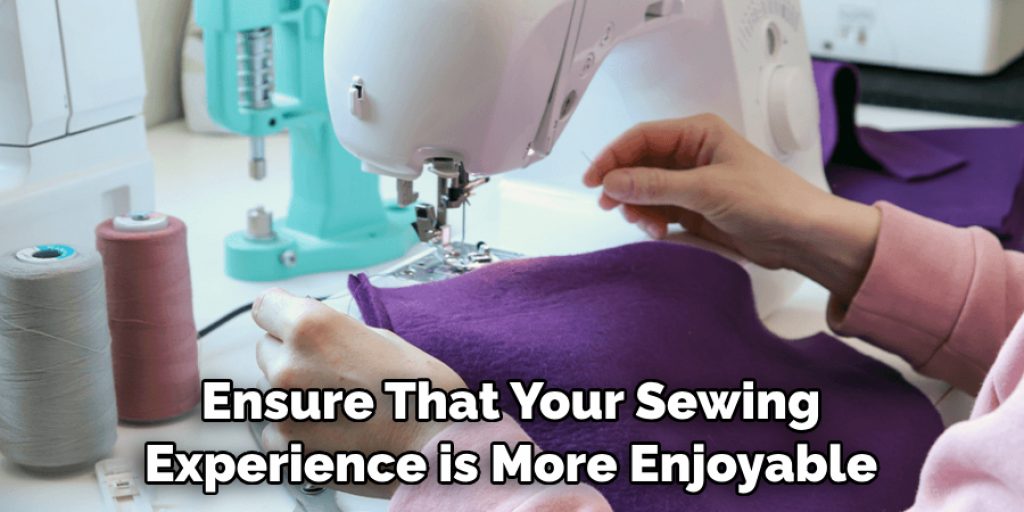
How Can You Safely Store Sewing Needles?
Proper storage of sewing needles is crucial to ensure their longevity and safety. Here are some tips on how you can safely store your sewing needles:
- Use a Designated Storage Container: As mentioned earlier, using a needle case or pin cushion specifically designed for storing needles is the best option. These containers have compartments that keep the needles separate and prevent them from getting damaged. If you don’t have a designated storage container, you can also use a small jar or pillbox to keep your needles organized.
- Keep Needles Away From Children and Pets: Needles can be dangerous if handled by young children or pets. It is essential to keep them out of reach and in a secure location.
- Avoid Storing Needles Near Heat Sources: Heat can cause needles to warp or bend, affecting their sharpness and usability. Keep them away from direct sunlight, radiators, or other heat sources.
- Store Needles in a Dry Place: Moisture can cause needles to rust and become dull. Store them in a cool, dry place to prevent any damage.
- Label Your Storage Container: If you have multiple types of needles, labeling your storage container can make it easier to find the one you need quickly.
By following these tips, you can safely store your sewing needles and reap the benefits of having a well-organized and efficient sewing kit. Remember, proper storage not only protects your needles but also ensures a more enjoyable sewing experience.

Are There Different Methods for Storing Different Types of Sewing Needles?
There are various methods for storing sewing needles, depending on the type of needle. Below are some common methods for different types of sewing needles:
- Hand Sewing Needles: These needles can be stored in a pincushion, needle book or a small container with compartments. Pincushions are usually made of fabric and filled with stuffing material like wool, sawdust, or cotton. Needle books are small fabric pouches with felt pages to hold needles in place. A container with compartments is a great option for organizing different sizes and types of hand sewing needles.
- Machine Sewing Needles: These needles can be stored in their original packaging, as they typically come in a plastic case with clear compartments to easily view the needles. Alternatively, you can use a needle organizer or fabric pouch to store these needles.
- Embroidery Needles: These needles come in different sizes and are usually stored in a cylindrical case with clear compartments. They can also be stored in a pincushion or needle book specifically designed for embroidery needles.
- Serger Needles: These needles have a sharp point and a small groove in the back to guide the thread. They are usually stored in their original packaging, as they come in a plastic container with clear compartments. You can also use a needle organizer or fabric pouch for storing these needles.
- Knitting Needles: These needles can be stored in a knitting needle case, which is specifically designed to hold different sizes and types of knitting needles. You can also use a fabric pouch or even a roll-up case to store these needles.
- Crochet Hooks: These hooks can be stored in a crochet hook case, which is similar to a knitting needle case but with smaller compartments for different sizes of hooks. Alternatively, you can use a small container or even a pencil case for storing crochet hooks.

No matter what type of sewing needle you have, it is important to store them in a safe and organized manner. This not only helps you easily find the needle you need but also keeps them in good condition for longer use. Remember to always put your needles back in their designated storage after each use, and never leave them lying around where they can get lost or damaged.
Are There Any Alternative Ways to Store Sewing Needles Besides Using a Container?
There are certainly alternative ways to store sewing needles besides using a container. Here are a few creative ideas:
- Pincushion: A pincushion is a classic storage option for sewing needles. Not only does it keep your needles organized, but it also makes them easily accessible during your projects.
- Magnet: If you have a metal surface near your sewing area, you can use a magnet to store your needles. This is a great option for keeping them within reach while working on your project.
- Sewing Kit: If you have a small sewing kit, there may be a designated space for storing needles. This is a convenient option if you like to keep all of your sewing supplies in one place.
- Thread Spool: You can also stick your needles into a thread spool to keep them organized and easy to find. This is especially useful if you have multiple colors of thread and can use different spools for different needle types.
- Pinwheel: A pinwheel is a fun and colorful way to store your needles. Simply stick the needles into the fabric or paper blades of the pinwheel to keep them in place.
- Needle Book: A needle book is a small booklet with fabric pages that have felt or wool attached to store needles. This is a cute and compact option for storing your sewing needles.
- Jewelry Box: If you have an old jewelry box lying around, you can repurpose it as a storage solution for your needles. The different compartments can be used to separate different types of needles.
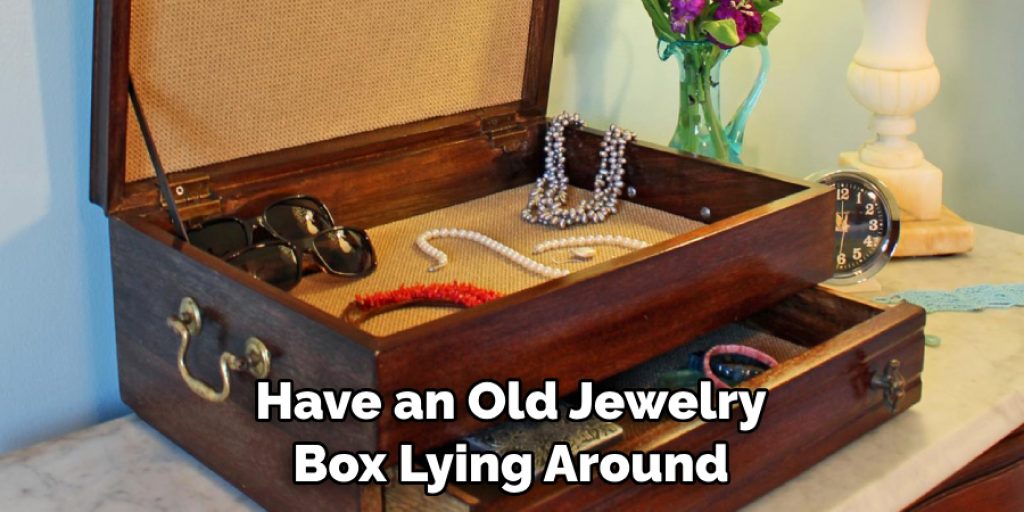
These are just a few alternative ways to store your sewing needles. Get creative and find a storage method that works best for you and your sewing projects.
Conclusion
In conclusion, sewing needles are vital tools for any sewist, whether you’re a beginner or an experienced professional. It is important to properly store and take care of your sewing needles to ensure they last a long time and provide optimal performance.
One of the key factors in storing sewing needles is making sure they are organized and easily accessible. This not only saves time but also prevents accidents such as pricking yourself with a loose needle. There are various storage options available, such as needle cases, pincushions, and magnetic strips. Choose the option that works best for you and your sewing setup.
I hope reading this post has helped you learn how to store sewing needles. Make sure the safety precautions are carried out in the order listed.




